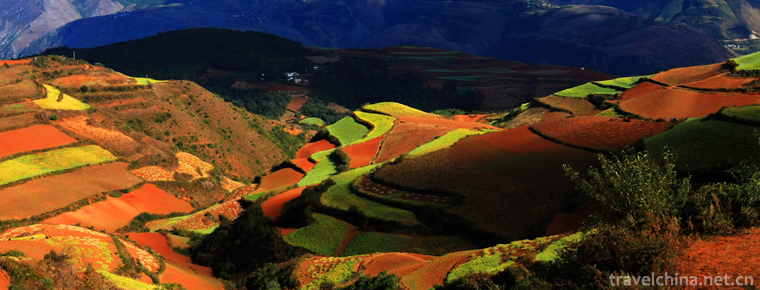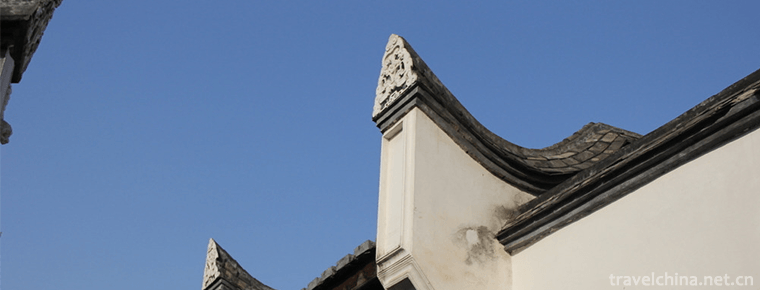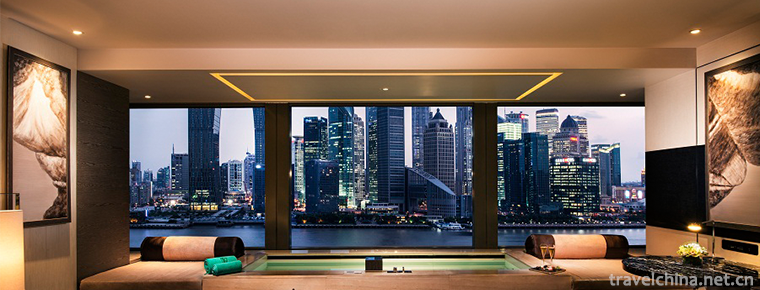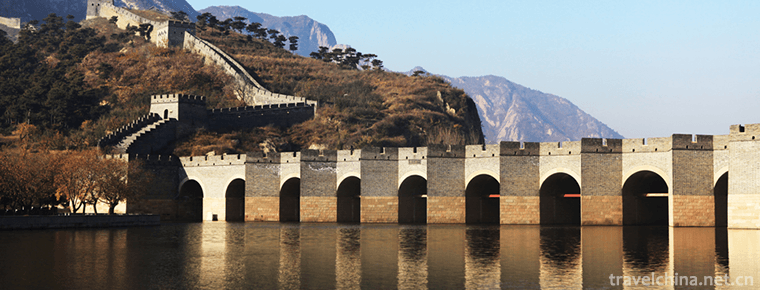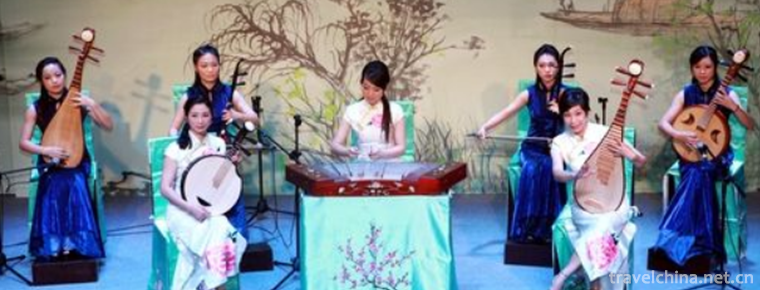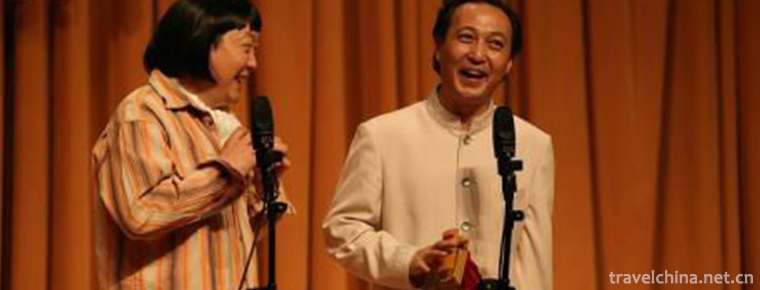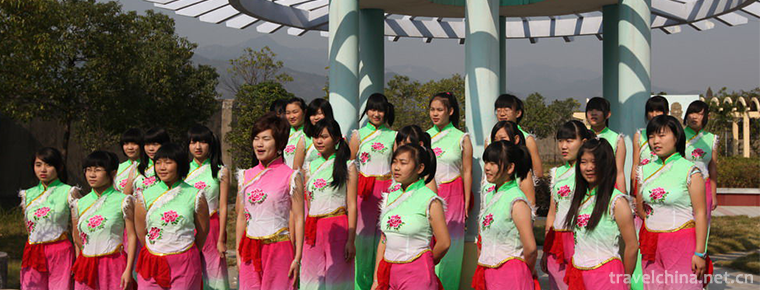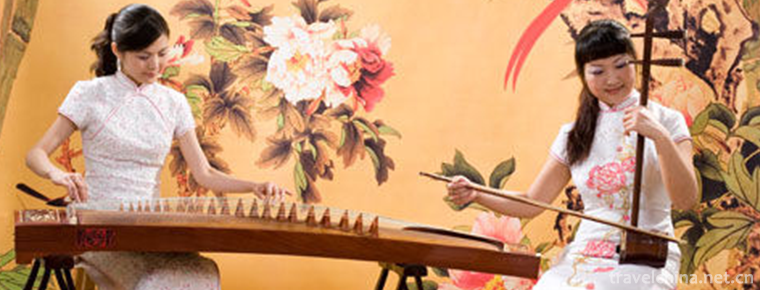Huaying Mountain Tourist Area
Huaying Mountain Tourist Area is a famous red revolutionary tourist resort in China, located in Huaying City, Guang'an. The scenic area is divided into three parts: Stone Forest Scenic Area, Tianchi Lake Scenic Area and Xiaoshanba Scenic Area. There are not only peculiar karst landscapes, but also humanistic landscapes dominated by the Red Revolution, but also camellia, Yunhai and Zhuhai.
Huaying Mountain Tourist Area is located in the eastern part of Sichuan Basin. It begins at the foot of Daba Mountain in Sichuan Province and ends at the Jiangjin Mountains in Chongqing City. It covers more than 300 kilometers and spans 15 cities, counties and districts. The mountain area is 7.05 million m2. Huaying Mountain Tourist Area is more than 300 kilometers away from Chengdu and 100 kilometers away from Chongqing.
The first batch of national practical education bases for primary and secondary school students.
Introduction to Scenic Spots
The whole scenic spot covers an area of 20 square kilometers, spanning 15 counties and cities in Sichuan and Chongqing from north to south. It covers an area of more than 300 kilometers and covers an area of 100 square kilometers. The core tourist area covers 20 square kilometers. There are 304 kinds of vegetation in Huaying Mountain tourist area, and the vegetation coverage rate is over 95%.
Major attractions
Stone Forest Scenic Area
Stone forest scenic spot is the core scenic spot of Huaying Mountain. It is located under the highest peak of Huaying Mountain. There are various scenic spots such as stone forest, funnel, depression, karst cave, lake and so on, which are quiet, beautiful, strange and dangerous. The scenic spot originated in the Tang Dynasty's Puxian Temple, Golden Ancient Temple, Guanyin Temple and Daxiang Ping'an Pilgrimage Temple are holy places for pilgrims. In addition, when she was a child, she was regarded as a "double-gun old woman" and her Huaying Mountain guerrilla team, which were operating in this area. So far, there are still some relics such as the command hole, shooting range and observation platform where the old double-gun old woman directed the battle.
Tianchi Lake Scenic Area
Tianchi Lake Scenic Area is located at the West foot of Huaying Mountain, beside Tianchi Town. It mainly includes Tianchi Lake, Moon Island, Qiliping, Efeng Temple and so on.
Xiaoshanba Scenic Area
Xiaoshanba Scenic Spot is located in Shuanghe Township, east to Huoran Mountain, West to Huaying Hilly Area, mainly in Karst caves, steep cliffs and depressions, and red cultural landscape.
In addition to the beautiful natural scenery, Huaying Mountain is also a heroic mountain. As early as 1927, there were underground Party activities of the Communist Party of China. In the 1930s and 1940s, it was the base of armed struggle between the underground Party of the Communist Party of China in Huaying Mountain and the guerrillas in Huaying Mountain. Zhou Enlai has sent people to set up a paper mill here to supply Xinhua Daily. During the War of Liberation, this was the place where the guerrillas of Huaying Mountain fought under the leadership of the Underground Party of Eastern Sichuan, the Communist Party of China.
Practical information
Admission ticket
The ticket is 107 yuan. Four Seasons Ski Resort Ticket 30 yuan, Wine Culture Museum Ticket 40 yuan, Scenic Spot Tourist Bus 45 yuan, Down One-way 20 yuan.
Opening Hours
8:00-18:00
Traffic Information
Guang'an Chengbei Station can take a bus to the scenic spot. The fare is 12 yuan.
There is a shuttle bus to Huaying Mountain Stone Forest Scenic Area at Huaying Old Station. The fare is 12 yuan.
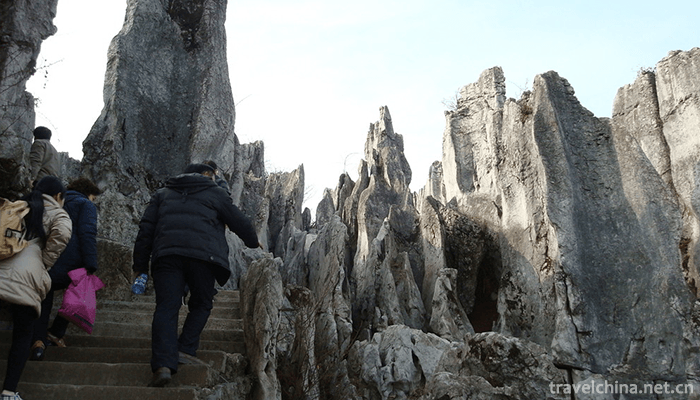
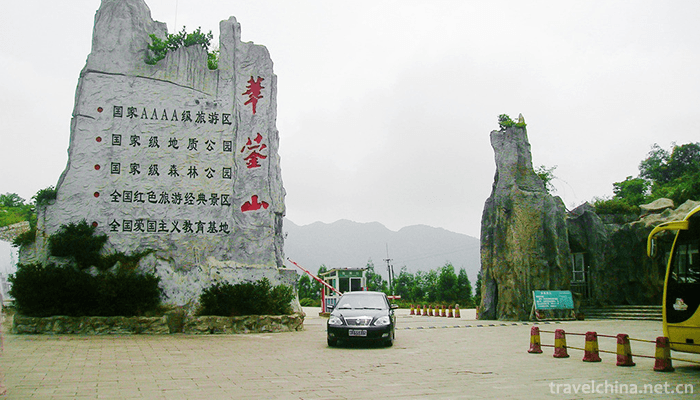
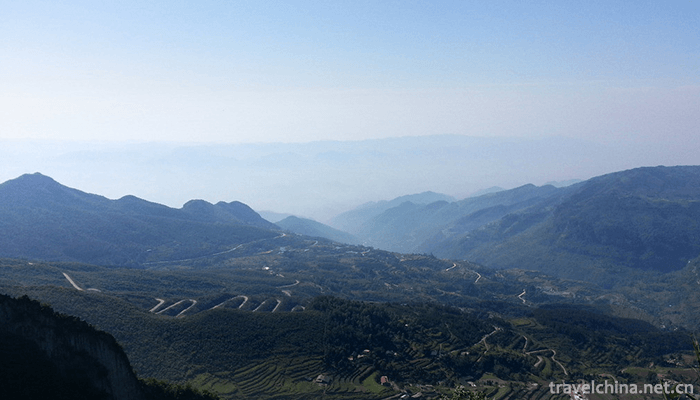
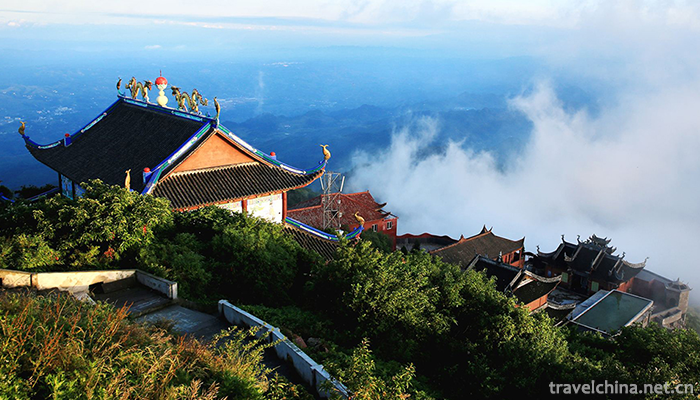
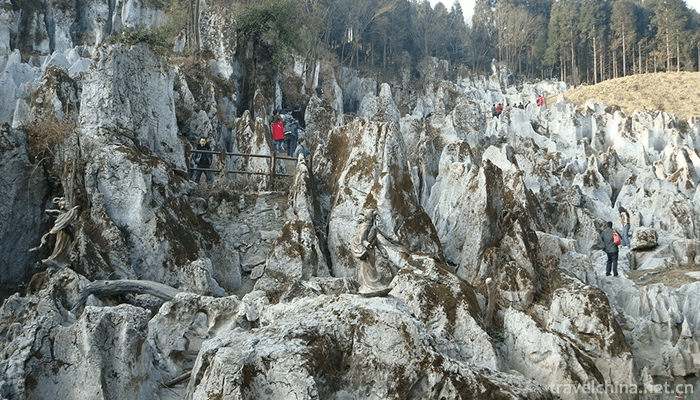
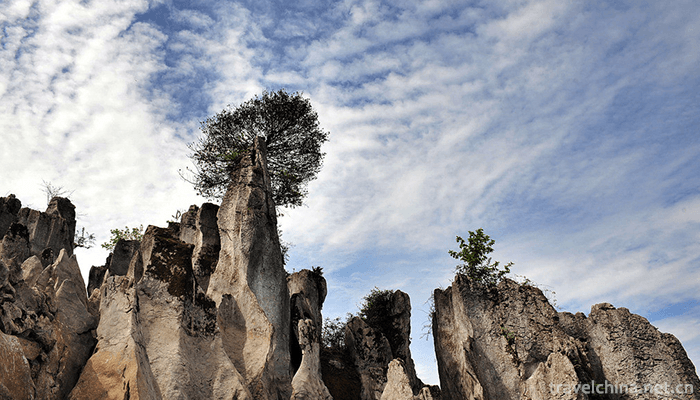
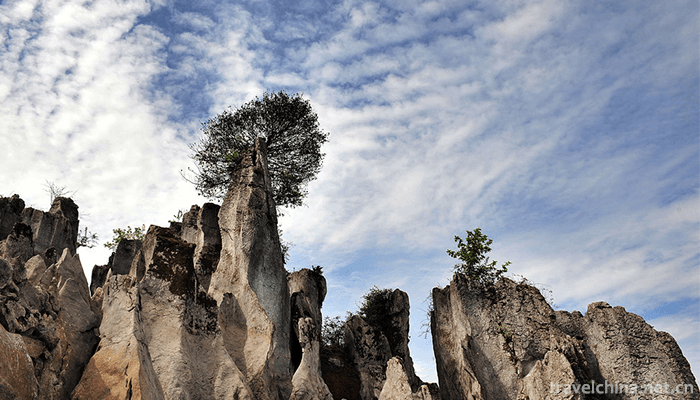
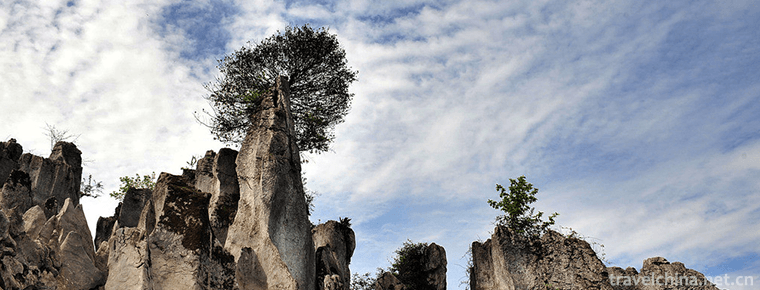
Huaying Mountain Tourist Area
-
Dongchuan Red Land Scenic Area
"Dongchuan Red Earth" is located in the north-east direction of Kunming
Views: 204 Time 2018-10-21 -
Three Lanes and Seven Alleys
Three Lanes and Seven Alleys(Sanfang Qixiang) is a national 5A tourist attraction, which is the only remaining part of the old city of Fuzhou
Views: 243 Time 2018-12-08 -
Banyan Tree Shanghai On The Bund
Shanghai, one of the largest cities in the world, has a vibrant urban atmosphere, impressive urban skyline and rich and colorful culture. Located in the center of the city and resting on the Bank of H
Views: 509 Time 2018-12-16 -
JiuMenKou Great Wall
Views: 212 Time 2018-12-22 -
Shaoxing Pinghu Tune
Shaoxing Pinghu Diao, also known as "Yuejun Nanci", or "Shaoxing Pinghu Diao" for short, is a popular form of folk art in Shaoxing and its surrounding areas in Zhejiang Province. I
Views: 169 Time 2019-06-14 -
Shulaibao
Shulaibao, a traditional Chinese folk art. Popular in northern China, the source is a means for beggars to ask for money. One or two people sing. Beat with a bamboo board or with a copper bell attache
Views: 255 Time 2019-06-15 -
Tongcheng Song
Tongcheng Song is a kind of local folk song originating from Tongcheng, Anhui Province. It is a kind of local folk literature in the form of rhyme created by the local working people collectively. At
Views: 216 Time 2019-06-21 -
String Music Heze String Music
Heze string music is one of the second batch of national intangible cultural heritage announced by the State Council. It is a well-known traditional folk music in southwestern Shandong Province, and i
Views: 253 Time 2019-07-01 -
Anhui University
( Anhui University For short, "anda" is located in the provincial capital. Market It's the state. "Double First-Class" initiative "World class discipline construction," M
Views: 209 Time 2019-10-04 -
Deyang medical and health
By the end of 2018, Deyang City had 2819 health institutions (including village clinics), including 7 centers for Disease Control and prevention, 7 health supervision institutions, 1 Emergency Center (station), 6 maternal and child health centers,
Views: 338 Time 2020-12-14 -
Social undertakings in Guangyuan
By the end of 2017, there were 751 schools at all levels and types in Guangyuan City (excluding primary and primary school teaching sites), with 380700 students and 26800 full-time teachers. Among them, there are 3 universities with 21500 students and
Views: 324 Time 2020-12-15 -
Guangan Airlines
There is no airport in Guang'an, but there are many airports around it. At the same time, Guang'an terminal building of Chongqing Jiangbei International Airport has been built in the urban area. Guang'an is 110 kilometers away from Chongqing Jian
Views: 184 Time 2020-12-19
